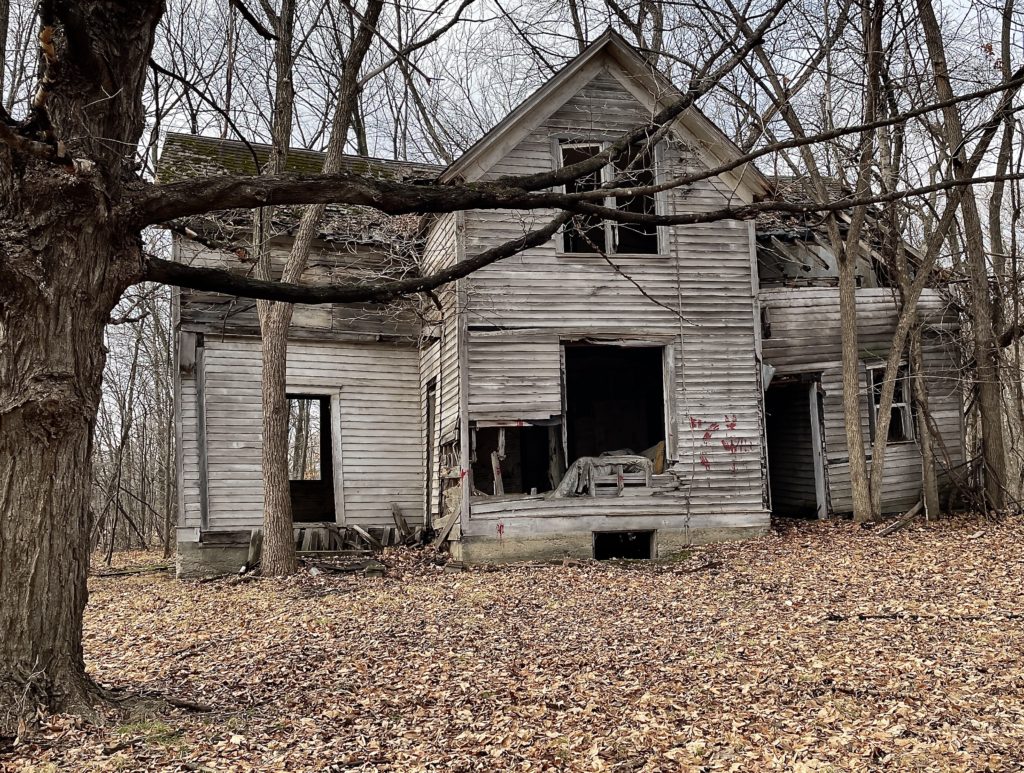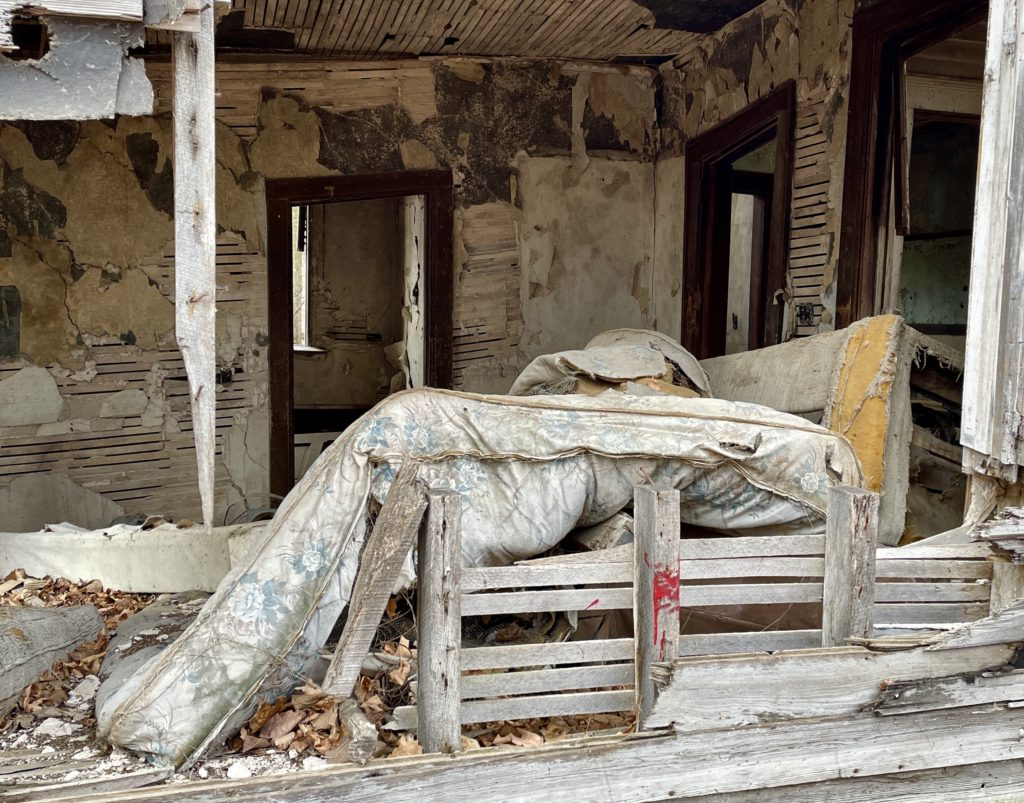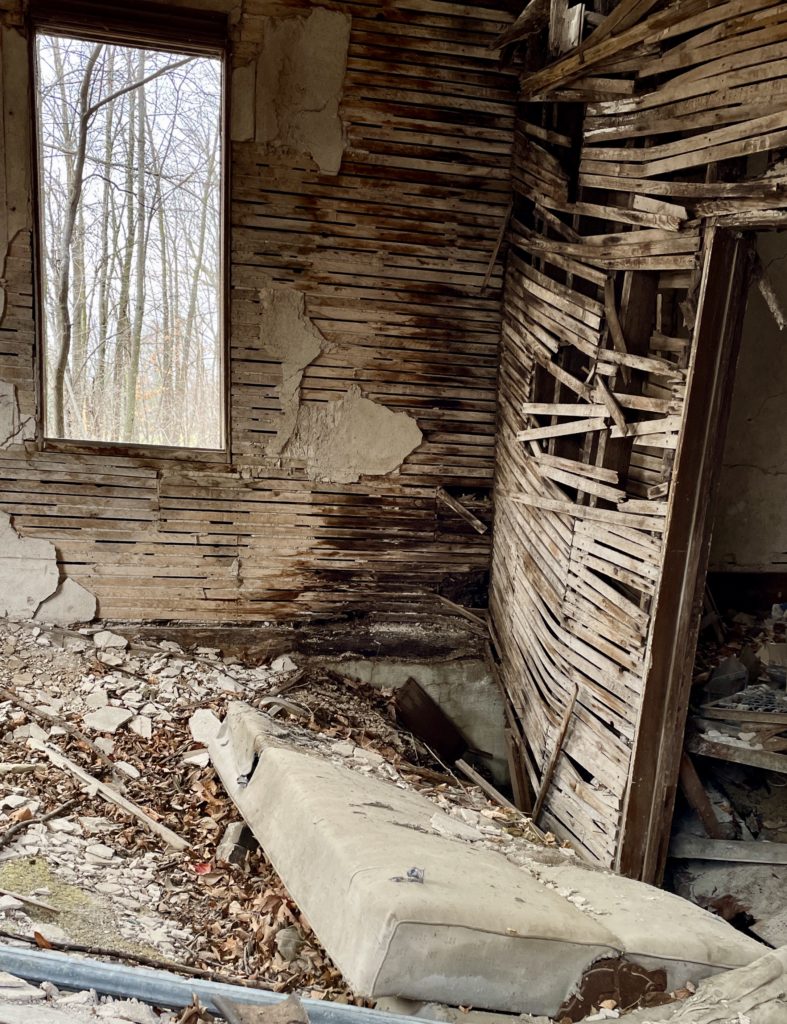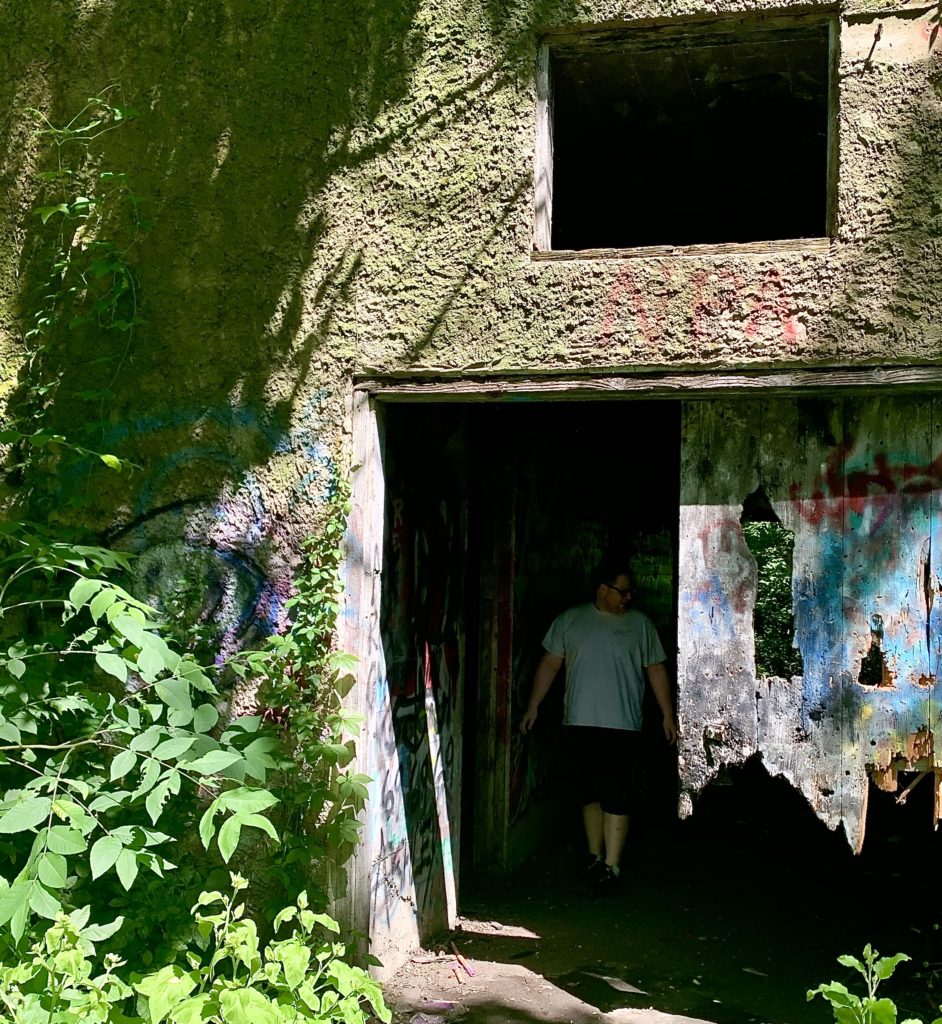Urban exploring in Mendota, Minnesota, was next on my weekend list of things to do. After all, the weather was going to be exceptional for November, so I’d be crazy not to go, right? What I thought was going to just be a chance to stretch out my legs turned into an unexpected photo opportunity and historical exploration.
Anyone who’s followed my urban exploring at either chadsmithmedia.com or on YouTube knows that sandstone architecture is one of my favorites. What I unexpectedly came upon was the Sibley Historic Site, which is located right at the head of the Mendota Trail.

For those who don’t know, Henry Hastings Sibley was the first governor of Minnesota. He made his fortune working for the American Fur Company, one of America’s first truly multinational companies by 1830. Most of their market was overseas in Europe, which bought a lot of the furs produced by the company.
However, the booming fur trade began to decline by the mid-1800s. That’s when Sibley jumped with both feet into politics, first on the local level, followed by state and national level offices. After being appointed Justice of the Peace in 1838, he was elected to Congress from the new Minnesota Territory, serving in that office from 1849 to 1853.
When the Minnesota Territory finally became a state, Sibley was elected as its first governor. His personal office in his home was the first governor’s office, and he served as governor from May 24, 1858, to January 2, 1860. He stayed in Mendota for a couple of years after leaving the governor’s office.
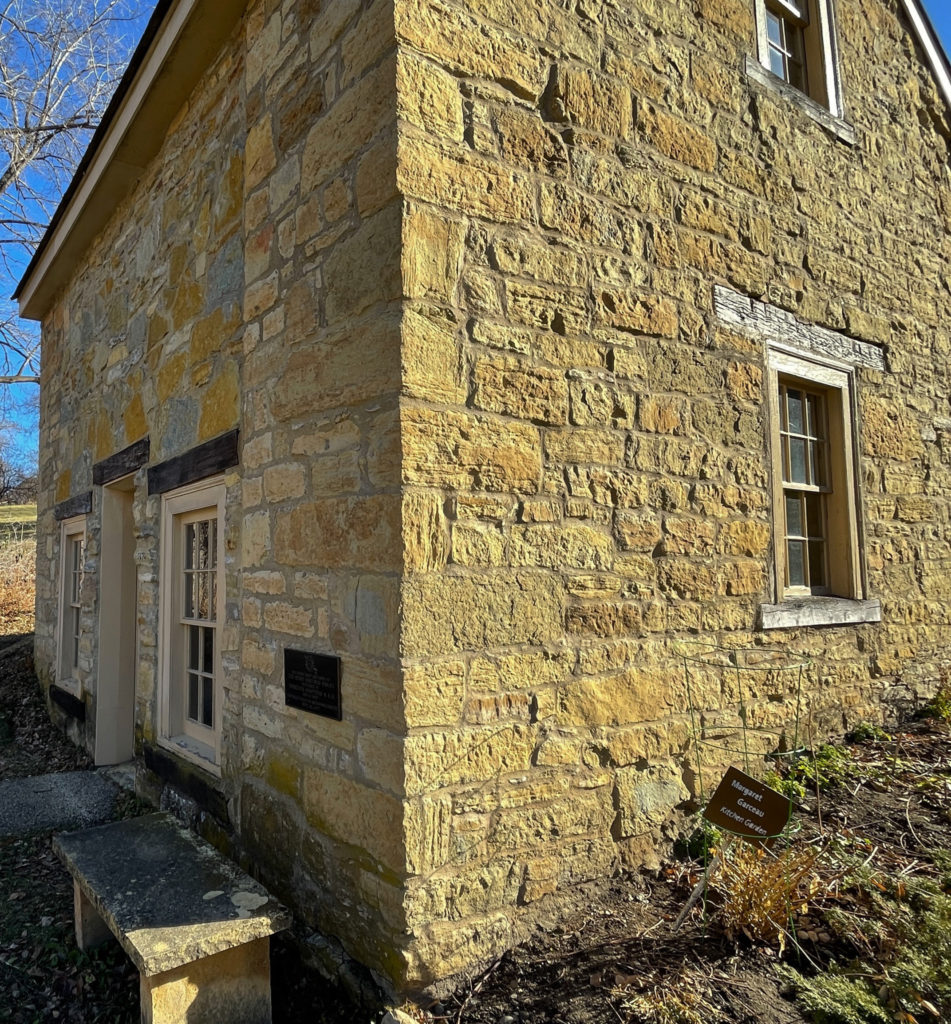
In December of 1862, Sibley moved his growing family to a larger house in St. Paul while he started to sell off his property in Mendota. He served as a colonel and later as a brigadier-general in the U.S.-Dakota War of 1862. When that concluded, Sibley continue to be active in public life.
He was a member of the University of Minnesota’s Board of Regents, a founding member of the Minnesota Historical Society, and he played a part in regional politics and business until passing away in 1891.
The Sibley House is next to another similarly restored house once owned by a gentleman named Jean-Baptiste Faribault, who also made money in the fur trade. As a former military man, he eventually settled in Mendota, Minnesota, as well.

In June of 1839, Faribault signed a contract to have a stone house constructed, “to be furnished in the same manner as the dwelling house built…for H.H. Sibley.” The house was built out of Platteville limestone and sandstone, and it stood three stories tall. It set him back $5,000, a tidy sum in those days, and was completed in June of 1840. It currently is part of the Sibley Historic Site.
Highly recommend you do some urban exploring in and around the Sibley Historical Site! A learning opportunity and a little exercise never hurt anyone, did they?
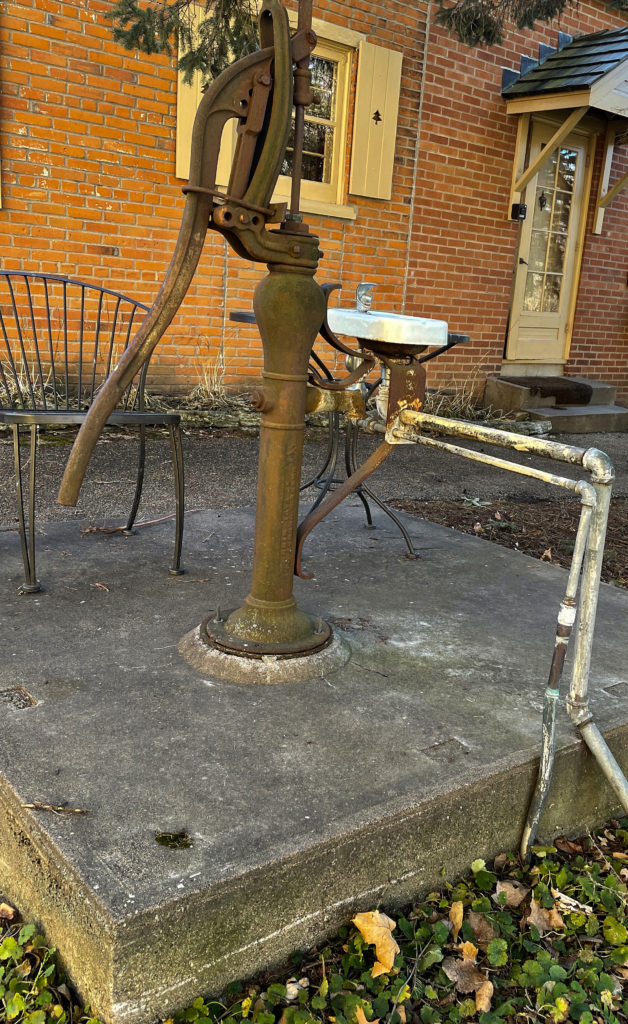

Here’s a link to the rest of my pictures on FB:
https://www.facebook.com/media/set/?vanity=chad.smith.75685&set=a.3664927210234355

